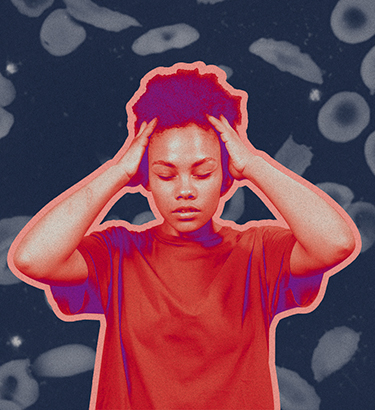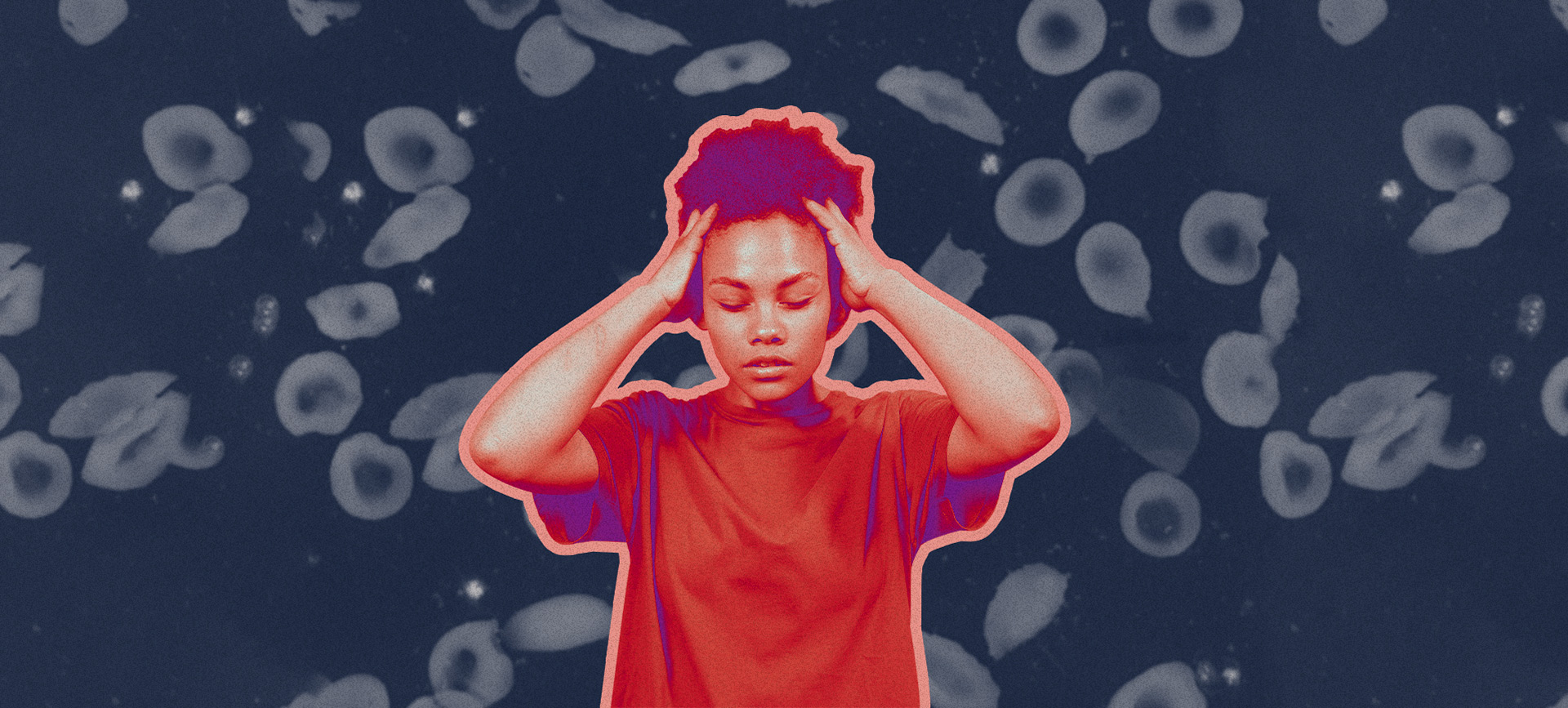Sickle cell disease (SCD) is the most common hemoglobinopathy among people in the United States. Hemoglobinopathy is a group of inherited disorders in which there is abnormal production or structure of the hemoglobin molecule. Sickle cell disease is an autosomal recessive disorder and a global health problem.
SCD occurs when there's a singular amino acid alteration in one protein, causing it to polymerize (form fibers and make the cells less flexible) and create what looks like a rod, explained Stuart Orkin, M.D., the David G. Nathan Distinguished Professor of Pediatrics at Harvard Medical School and a Howard Hughes Medical Institute investigator.
"That rod basically damages red blood cells, and a damaged red blood cell has a shortened half-life," said Orkin, who is also affiliated with the Dana-Farber/Boston Children's Cancer and Blood Disorders Center. He received the 2022 Canada Gairdner Award for discovering the molecular mechanism that causes the switch from fetal to adult hemoglobin gene expression, and for applying that discovery to the innovative treatment of a disorder such as sickle cell disease.











